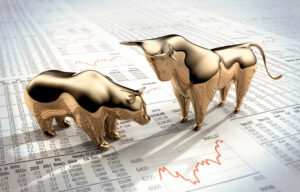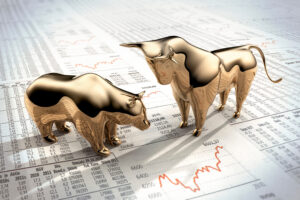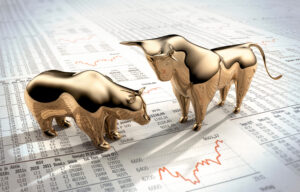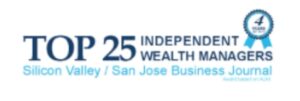Over the last year, we witnessed policymakers’ experiment with ways to force the economy out of its steepest dive since the Great Depression, applying massive fiscal and monetary stimulus at light speed. The Fed used the power of its record-setting $7.6 trillion (and growing) balance sheet while Congress voted $5.5 trillion of fiscal stimulus to fill the black hole COVID-induced lockdowns created. And the experiments not over yet. Chair Powell has said the Fed is “not even thinking of thinking about raising interest rates” as it downplays the risk of sustained, elevated inflation.
Meanwhile, Congress is in the midst of early negotiations for a multi-year ‘social’ and ‘physical’ infrastructure recovery package for later this year. With at least $2 trillion in excess disposable income and confidence growing, pent-up consumer demand should lead to a summer surge in economic activity. Given that consumer spending accounts for 70% of GDP, the demand for goods and services is the electromagnetic force that drives our economy. Of course, the biggest catalyst comes directly from medical science: enhanced COVID-19 vaccine availability and the related drop in cases, hospitalizations, and deaths are paving the way to a rapid, sustainable reopening of the economy. The stronger-than-expected force of these dynamics leads our economist to lift his expected 2021 GDP growth forecast to well over 5% from 4%.
Dissecting our growth forecast into major asset classes, we expect the supercharged economy (the best growth since 1984) to push both inflation and Treasury yields modestly higher. We’re forecasting the 10-year Treasury yield at 2% by year end, up from our original 1.5% estimate. We hypothesize continued Fed purchases, healthy demand from foreign investors, and the economy’s interest rate sensitivity to keep the rate beaker from boiling over beyond the 2% level and ruining the experiment.
The astronomical amount of fiscal and monetary stimulus has propelled the Dow, S&P 500, Nasdaq and Russell 2000 to out of this world record levels. Despite the quantum leap, we expect earnings will still be under the microscope. The good news is that the kinetic energy of the economy requires aiming the forecasting telescope ever higher in this strong earnings environment.
Our observation is that selectivity will become more important at the sector, industry, and individual stock level as we begin the bull market’s second year. We believe that the relatively higher growth trajectory of the U.S. equity market makes it more attractive than other developed markets. Given its superior vaccination progress, state of reopening and aggressive policy stimulus, the U.S. economy has generated the highest upward revisions to GDP forecasts among the world’s ten largest economies so far this year.
As global economies emerge from lockdown and economic growth accelerates, commodities have benefitted. In particular, rebounding demand drove global oil from its state of inertia as crude prices have returned to pre-pandemic levels. However, now that oil prices are higher, watch for producers in the U.S., OPEC, and Russia to increase production. With supply and demand on the same wavelength, the recent price momentum is likely to be tempered by rising supply.
The start of 2021 has been far more enjoyable for investors than the start of 2020, and while market volatility is likely to be more palatable in the year ahead, it does not lessen the importance of adhering to your asset allocation. Pullbacks are an organic occurrence in the market and there is no shortage of possible toxic risks. In particular, investors must watch for boiling points in the economy, inflation, investor exuberance, partisan politics, geopolitical tensions, and vaccine-evasive variant COVID strains.
The last year has been a challenge for most of us. As we approach a sustainable reopening this quarter, investors can take pride in America’s rediscovered resilience. The old saying “With spring comes new life and hope” may be truer than ever this year!







